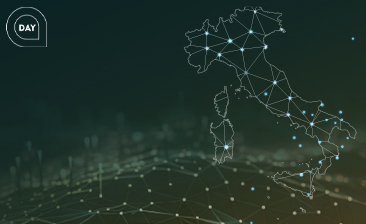
Acea for World Energy Saving Day
It was a real fountain, a place to drink or fill up on water, but also a monument of great beauty, ready to enrich a square or a street, or show the greatness of those who had requested its construction, from the popes to the great noble families of Rome.
Today, it is practically impossible to imagine Rome without its wonderful fountains. Immortalised in great masterpieces of cinema, but also the setting for many events that have made the history of the capital, the fountains of Rome are an artistic and cultural heritage of inestimable value.
Acea has a role of great responsibility, because it deals with the management of nine monumental artistic fountains in Rome: the Fontana del Tritone, the three fountains in Piazza Navona (the Fontana dei Quattro Fiumi, the Moro and the Nettuno), the Fontana di Trevi, the Fontana delle Tartarughe, the Fontana del Mosè, the Fontana delle Naiadi and the Fontanone del Gianicolo (Mostra dell'acqua Paola).
Management includes in particular the maintenance of the reservoirs of the monuments and the related water treatment plants that make possible the jets of water that have always been immortalised in the Eternal City, as well as the creative light shows.
Acea has developed a project for converting the lighting systems of some historic fountains to LED.
The interventions were carried out for the Fontana dell’Acqua Paola in via Garibaldi (Gianicolo); the Fontana del Mosè in Largo di Santa Susanna and the Fontana delle Naiadi in Piazza della Repubblica.
From the large to the small fountains of Rome. Acea also deals with the water management of the Roman fountains par excellence: “i nasoni” are the cylindrical fountains spread throughout the city, mainly in cast iron or travertine, from which Romans of every generation have drunk in the past, as still do to this day. Because the water from the nasoni is the same that arrives in homes: drinkable and of high quality.
Fountains and cinema
“Marcello come here” whispered an irresistible Anita Ekberg to attract the attention of Marcello Mastroianni in the film “La dolce vita”, inviting him to take a dip with her in the clear waters of the Fontana di Trevi. This iconic image has remained in everyone’s collective memory, whether Romans or not. In fact, Rome's fountains have often played a part in the stories told by the cinema: it was again the Fontana di Trevi that a rather imaginative con man, played by the actor Totò in “Totòtruffa 62”, tried to sell to an oblivious tourist using ingenious stratagems.
We can continue with Fellini, Monicelli, Pasolini, Sorrentino and Woody Allen. These are just a few of the film directors, who have used the fountains of Rome to tell their stories against the suggestive background of the eternal city.
Fountains and popular traditions
From the throwing of coins to express a wish to the little notes left on the "talking statues", whereby the people of Rome used to direct criticism and satire towards their rulers: there are many anecdotes and interesting facts associated with the traditions of Rome in a continual journey between ancient and new tales and traditions, handed down from generation to generation.
Fountains
Fontana di Trevi
The most spectacular fountain in Rome represents the Mostra of the Acqua Vergine, aqueduct created by one of the period's best artists, the Roman Nicola Salvi, inspired by Bernini.
Fontana dell’Acqua Paola
Commissioned by Pope Paul V at the beginning of 1600 to Giovanni Fontana, the Fontanone del Gianicolo collects water originating from Lake Bracciano.
Fontana del Tritone
This fountain was constructed in 1643, by Gian Lorenzo Bernini, using travertine, in the piazza in front of the sumptuous palace of Pope Urbino VIII.
Fontana delle Naiadi
This stands in the centre of Piazza della Republica and is considered the most beautiful of Rome's modern fountains.
Fontana del Mosè
This is the Mostra (showy terminus) of the Acqua Felice aqueduct, so-named in honour of Pope Sixtus V, Felice Peretti, who conceived the imposing construction of the Felice Aqueduct.
Fontana dei Quattro Fiumi, Fontana del Moro and Fontana del Nettuno
The Fontana dei Fiumi was designed in 1651 by Gian Lorenzo Bernini for Pope Innocent X.
Fontana del Moro
This fountain was built in 1574 by Giacomo della Porta and renovated by Bernini in 1653. The people of Rome have always reffered to the central Triton statue "as "Moro"", giving the fountain its name.
Fontana del Nettuno
Also known as Fontana dei Calderari, referring to the numerous copper craftsmen working in the surrounding area, this fountain too was built in 1574 by Giacomo della Porta.
Fontana delle tartarughe
This fountain was built using prestigious African marbles according to an original project (1581) by Giacomo della Porta. The 4 turtles are copies of the original bronze statues, now housed in the Capitoline Museums.
Discover the latest news and initiatives of the Acea Group

Acea for World Energy Saving Day
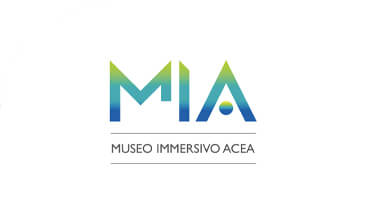
Visit the virtual museum about the history of the Acea Group
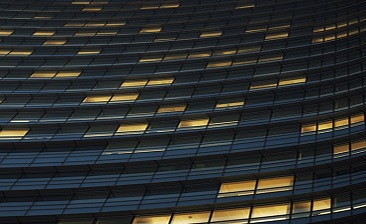
The channel for the commercial requests on land urbanisation
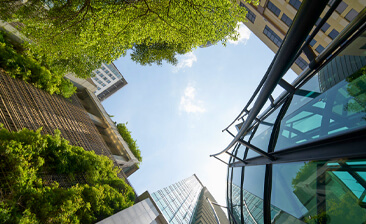
Acea turns the spotlight on the Rome Film Festival 2023
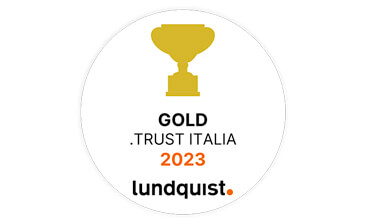
Acea is in the "Gold class" in the .trust research

Read more about our culture of inclusiveness